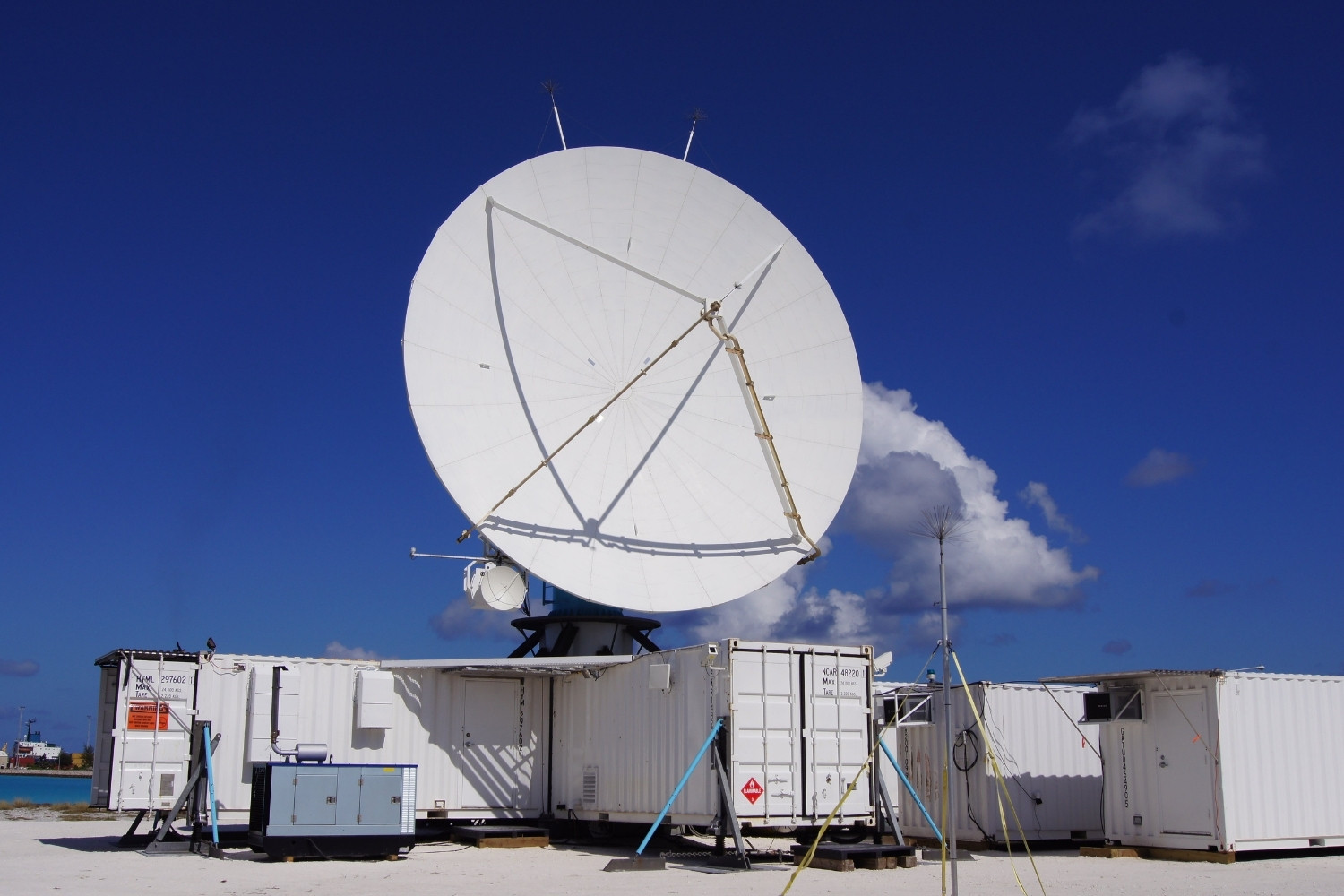
Radar is a technology that has transformed the way we understand and interact with the world. From tracking weather patterns to guiding aircraft, radar plays a crucial role in modern life. But how much do you really know about it? Radar stands for "Radio Detection and Ranging," and it uses radio waves to detect objects' distance, speed, and other characteristics. Invented during World War II, it has since evolved into a versatile tool used in various fields. Whether you're a science enthusiast or just curious, these 30 facts about radar will give you a deeper appreciation for this incredible technology. Buckle up and get ready to be amazed!
What is Radar?
Radar, short for Radio Detection and Ranging, is a technology used to detect objects and measure their distance using radio waves. It has a wide range of applications, from weather forecasting to air traffic control. Let's dive into some fascinating facts about radar.
-
Radar was first developed during World War II to detect enemy aircraft and ships. It played a crucial role in the Allied victory.
-
The term "radar" was coined by the United States Navy in 1940. It quickly became a standard term worldwide.
-
Radar works by sending out a burst of radio waves and then listening for the echoes that bounce back from objects.
-
The speed of radio waves is the same as the speed of light, approximately 186,000 miles per second.
How Radar Works
Understanding the mechanics behind radar can be quite intriguing. Here's a closer look at how this technology operates.
-
Radar systems consist of a transmitter, a receiver, an antenna, and a display unit.
-
The transmitter generates radio waves, which are then sent out by the antenna.
-
When these waves hit an object, they bounce back to the radar system.
-
The receiver picks up the reflected waves and sends the data to the display unit.
-
The time it takes for the waves to return helps calculate the distance of the object.
Types of Radar
Radar technology isn't one-size-fits-all. Different types of radar are used for various applications.
-
Continuous Wave Radar sends out a continuous signal and is often used in speed detection.
-
Pulse Radar sends out short bursts of radio waves and is commonly used in air traffic control.
-
Doppler Radar measures the change in frequency of the returned signal to determine the speed of an object.
-
Synthetic Aperture Radar (SAR) uses the motion of the radar antenna to create high-resolution images, often used in satellite imaging.
Applications of Radar
Radar technology has a multitude of uses beyond just military applications. Here are some areas where radar is indispensable.
-
Weather radar helps meteorologists track storms and predict weather patterns.
-
Air traffic control relies on radar to monitor and guide aircraft safely.
-
Maritime radar is used by ships to navigate and avoid collisions.
-
Police use radar guns to measure the speed of vehicles and enforce speed limits.
-
Radar is used in astronomy to map the surfaces of planets and moons.
Innovations in Radar Technology
Radar technology continues to evolve, leading to new and exciting developments.
-
Phased Array Radar uses multiple antennas to steer the radar beam electronically, allowing for faster and more accurate tracking.
-
Automotive radar is being developed for self-driving cars to detect obstacles and navigate safely.
-
Ground Penetrating Radar (GPR) can see through the ground to detect buried objects like pipes and archaeological artifacts.
-
Radar imaging technology is used in medical applications, such as breast cancer detection.
Fun Facts About Radar
Let's wrap up with some fun and lesser-known facts about radar.
-
Bats use a form of natural radar called echolocation to navigate and hunt for food.
-
The first successful radar detection of a meteor was made in 1946.
-
Radar can be used to detect stealth aircraft, despite their design to avoid radar detection.
-
The longest radar detection range is over 1,000 miles, achieved by over-the-horizon radar systems.
-
Radar can be affected by weather conditions, such as heavy rain or snow, which can scatter the radio waves.
-
The stealth technology used in modern military aircraft aims to reduce radar cross-section, making them harder to detect.
-
Radar altimeters are used in aircraft to measure altitude above the ground, crucial for safe landings.
-
Radar technology is also used in sports to measure the speed of balls in games like baseball and tennis.
Radar's Impact on Our World
Radar technology has revolutionized how we navigate, communicate, and understand our surroundings. From guiding planes safely through the skies to predicting weather patterns, radar's applications are vast and vital. It’s not just about military and aviation; radar plays a crucial role in everyday life, like helping ships avoid collisions and enabling autonomous vehicles to detect obstacles.
Understanding radar's history and functions gives us a deeper appreciation for this technology. It’s fascinating to see how something developed for wartime use has evolved into a tool that enhances safety and efficiency in so many areas. As technology advances, radar will likely continue to innovate and expand its reach.
Next time you check the weather or see a plane overhead, remember the incredible radar systems working behind the scenes. This technology truly shapes our modern world in ways we often take for granted.
Was this page helpful?
Our commitment to delivering trustworthy and engaging content is at the heart of what we do. Each fact on our site is contributed by real users like you, bringing a wealth of diverse insights and information. To ensure the highest standards of accuracy and reliability, our dedicated editors meticulously review each submission. This process guarantees that the facts we share are not only fascinating but also credible. Trust in our commitment to quality and authenticity as you explore and learn with us.
